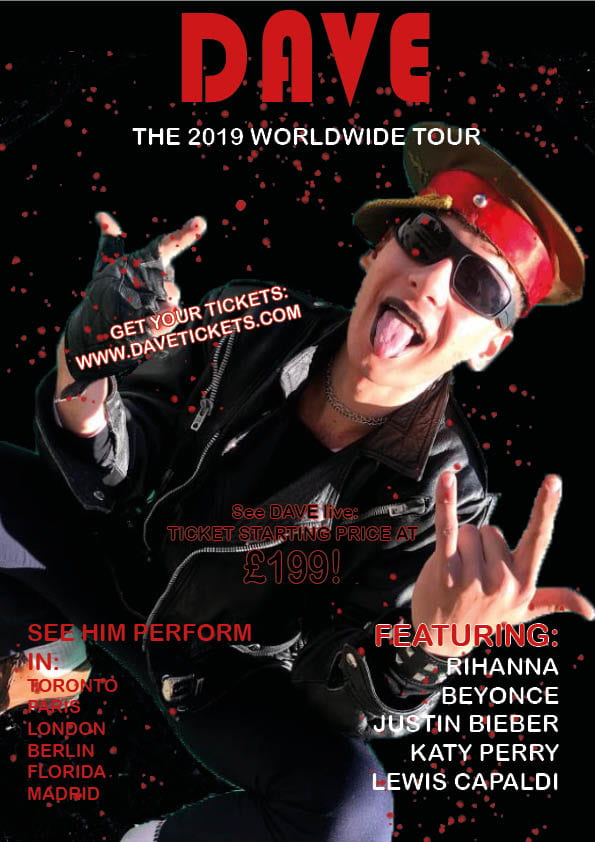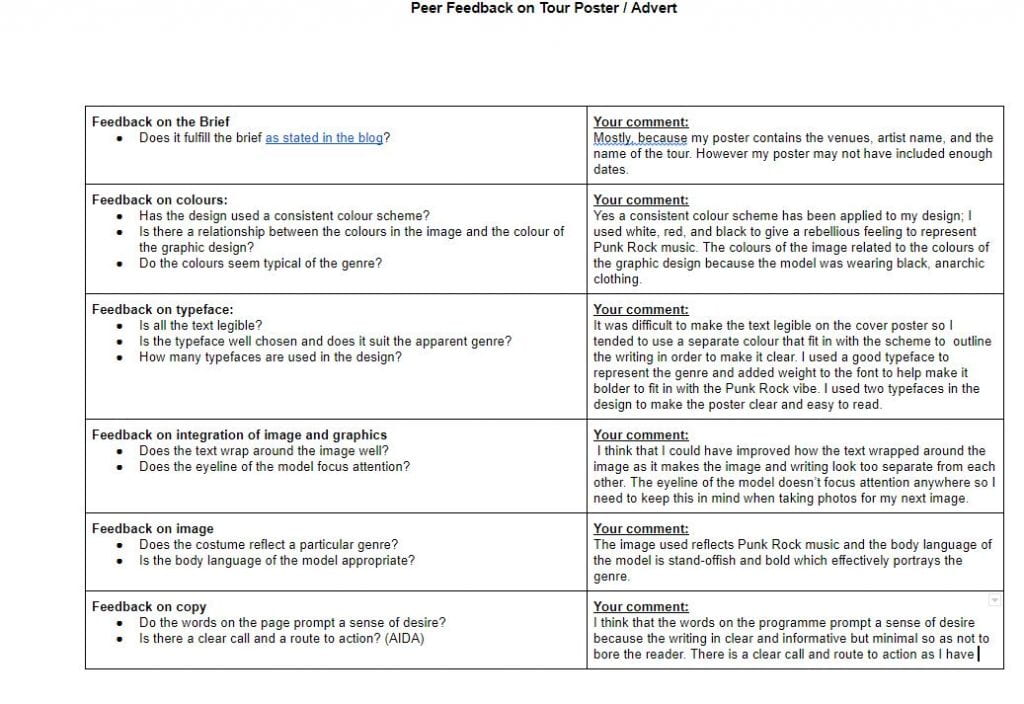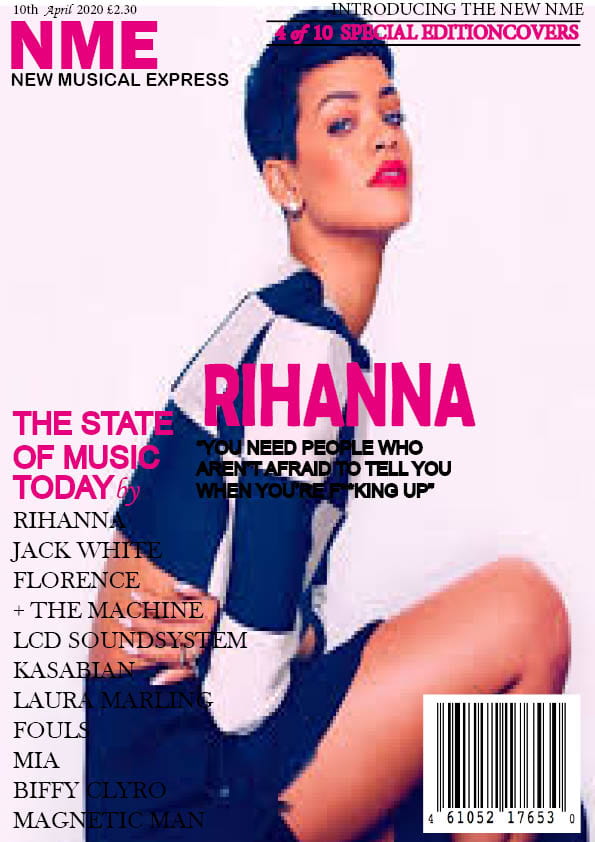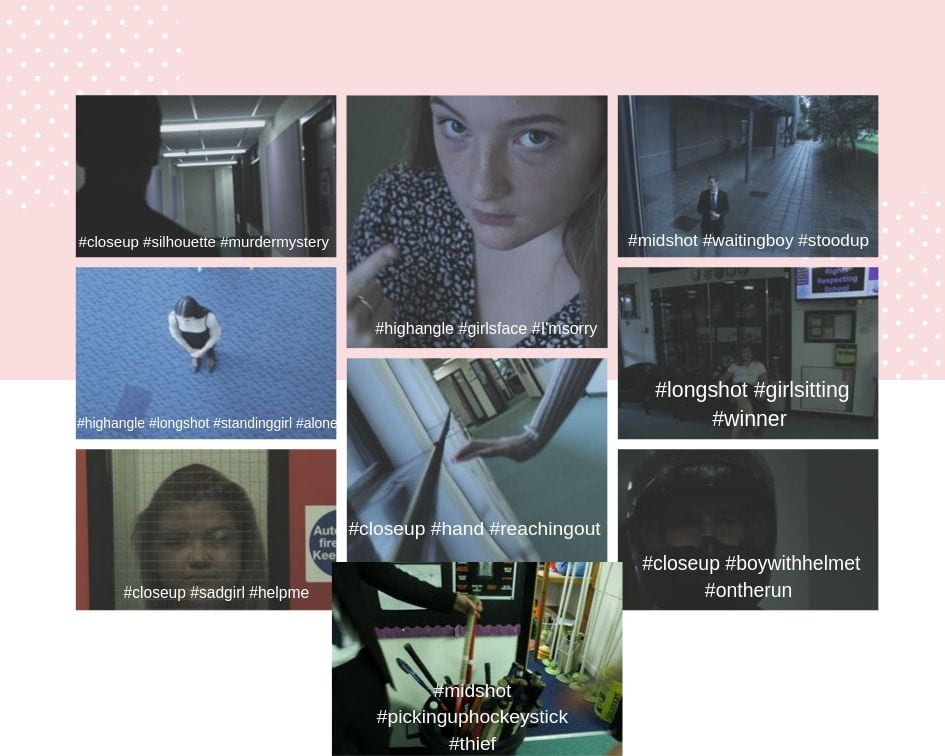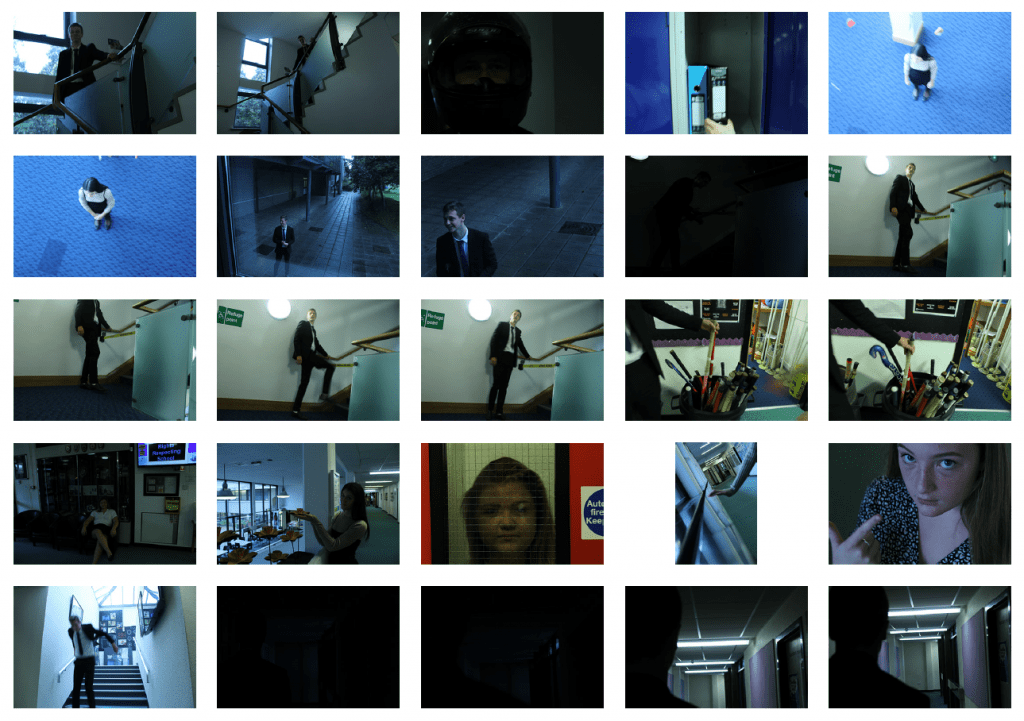My Tour Poster
Here I have created a slide of the conventional key features of Punk Rock tour posters in order to understand how I might make one of my own. I compared the images of the posters I found on the internet to each other and found that they all used very similar fonts, images and writing size in order to capture the eye of the intended audience. This exercise was useful because I now know how to effectively lay my ideas out and analyse the typical conventions of a different music genres before I begin to design my magazine in a unique way, but with these ideas in mind.
Next I used InDesign and Photoshop to create my own original tour poster using an image of a model I took from a previous photo shoot as the main cover star. I used Photoshop to cut the model from the background and add special effects to the image in order to attract my target audience and then I used InDesign to add writing to the cover. In order to effectively capture the attention of my Punk Rock fan base I used my slideshow to keep in mind the key features needed on the cover.
